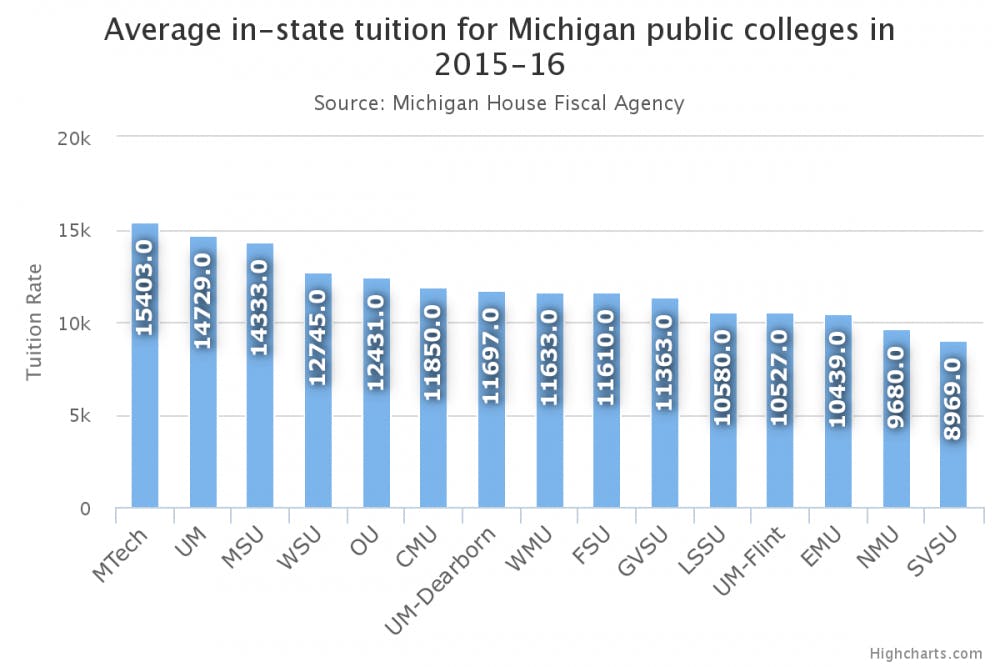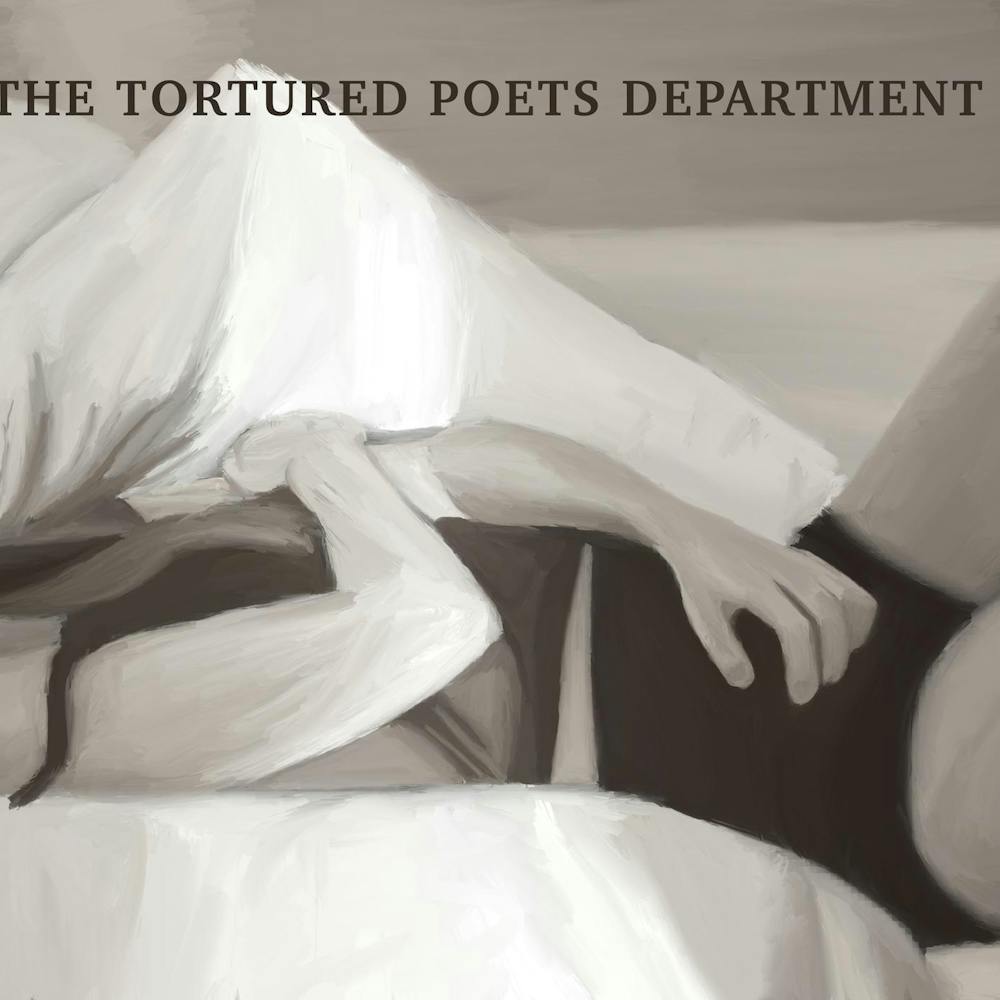New report finds big spike in Michigan college tuition rates since 2003

{point.name} {point.y:.2f}%
Most Michigan public colleges have seen their tuition rates increase dramatically since 2003, according to the new report “Back to School Report: Rising Tuition and Weak State and Financial Aid Create More Student Debt,” from the Michigan League for Public Policy.
According to the report, “tuition more than doubled at almost every Michigan university and increased by more than 150 percent at several schools.” This rate is higher than the rate of inflation, which would only result in a 20.4 percent increase.
As tuition costs rose, public funding for Michigan colleges fell.
When adjusted for inflation, there has been a 30 percent decrease in public support since 2003, according to the report.
READ MORE
Tuition costs for Michigan's four-year public universities during the 2015-16 school year were the sixth highest in the nation and second highest in the Midwest, according to the report.
The trend hits home on the MSU campus.
The average in-state tuition rate charged by MSU rose annually by an average of 2.7 percent between 2011 and 2016, according to a report from the Michigan House Fiscal Agency.
Of Michigan's 15 public four-year colleges, MSU charged in-state students the fifth highest average tuition rate for 2015-16, according to a report from the Michigan House Fiscal Agency.
The same spike is not true across the board for secondary education in Michigan.
Community college costs are the lowest in the Midwest and 16th lowest in the nation, according to the league's report.
Support student media! Please consider donating to The State News and help fund the future of journalism.
“It used to be that universities were primarily supported by public dollars,” senior policy analyst for MLPP Peter Ruark said. “When the state of Michigan cut the funding, the universities had to get their money for operating expenses from somewhere, so they had to raise tuition. So it’s basically a shifting of the cost from the state to students.”
Emily Canfield, an interdisciplinary studies in social science junior, said the rising costs of tuition need to be more clear to students.
“With tuition, I feel like there’s so much speculation about it and I feel like if there was clarity about why and where our tuition is going it would be much more understandable,” Canfield said. “There’s two sides of the story. There’s no way you could have free tuition. People need to get paid. But I also don’t understand why tuition would go up with it being so expensive.”
Psychology freshman and out-of-state student Emily Bono said she learned on Facebook her tuition costs, which are nearly double those of in-state students, could be lowered because she has a veteran parent.
“Now I’m paying like half the cost," Bono said.
She said she sometimes gets stressed about the bill because she wants to make the price worth it.
“Thinking about it, especially knowing that I need to get really good grades to come here,” Bono said. “I don’t want to waste it.”
Ruark said the economy and state as a whole benefit from an educated workforce capable of earning more money and in turn spending more and paying higher taxes.
Ruark said people frustrated with tuition costs and state funding can contact their state legislature.
“Tell them that public funding for Michigan’s public universities is very important and that universities are a social good and having an educated workforce is good for Michigan,” Ruark said. “It’s a very good investment for Michigan to continue to fund its universities at a significant level so that students don’t have to take on that kind of debt.”






